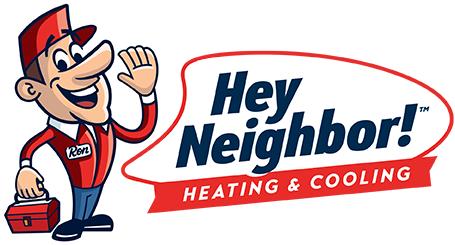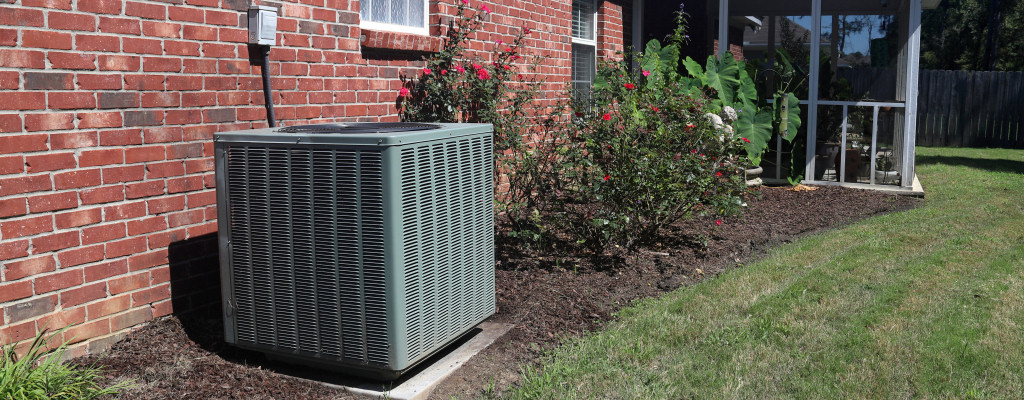Central AC systems have been popular in homes across America since the 1970s, offering comfort and convenience in every room via a single whole-house thermostat control. Central systems have several components that work together to produce cool, drier air for your family’s comfort on hot days. Understanding how all of these parts work together and how to spot a problem can help you keep your central air conditioning system running at optimal performance year after year.
Condenser
Central air conditioning systems feature two main components – an outdoor condenser unit and an indoor evaporator unit. The outside condenser is housed inside a metal cabinet with fins along each side to direct airflow. A condenser is typically located on a concrete or high-impact plastic pad near the home. The evaporator removes heat from your indoor air, where it’s absorbed by a refrigerant and is then sent to your condenser, where the heat is radiated into the outside air. Once the refrigerant has released its absorbed heat, it is pumped back into your home to start the cooling process again.
To keep your condenser working properly, it’s a good practice to clear the area around it of debris and keep shrubbery trimmed away from the unit a minimum of three feet in all directions. Periodically clean your condenser using a garden hose, or have our expert HVAC technicians perform this task during your annual air conditioning maintenance visit.
Evaporator
As we briefly touched on above, the air conditioner’s evaporator unit draws your indoor air across the evaporator coil. This coil contains your system’s refrigerant, which absorbs airborne heat to cool it. Once the air has been cooled, it’s blown through your ducts by the air handler. Your air conditioner and furnace share the same air handler system. Like your condenser, your evaporator will be cleaned by our HVAC technicians during a maintenance visit. Additionally, changing the system’s air filter regularly will help keep the system free of dirt and dust and ease the strain on the blower motor by enabling airflow.
Ductwork
Your central air conditioning system uses ductwork to distribute cooled air throughout your home. The air is blown into the main duct by your air handler, which then branches out into each living space in your home. Each branch ends in an air register, which contains an adjustable grille that can be opened or closed to allow or restrict airflow. You can keep your registers clean using your vacuum cleaner’s hose attachment. Also, be sure not to block registers with furniture or other things. In addition, avoid closing too many registers simultaneously, as this can strain your air handler.
Thermostat
Think of the thermostat as the director of your home’s central cooling system. Based on your temperature setting, your thermostat directs your air conditioner to run or stop running by comparing the target temperature with the actual temperature in your home. Ideally, the thermostat should be located in a shaded area, well out of range of any air registers that may skew its temperature reading. If your air conditioning system seems to run too often or not enough, it could be an issue with your thermostat.
Caring for your home’s central air conditioning system means following smart cooling practices and scheduling regular professional tune-ups to maximize your AC system’s efficiency. So book your annual air conditioning tune-up with our experts today by scheduling an appointment online – you’ll gain peace of mind and enjoy a cool, comfortable summer!


Comments are closed